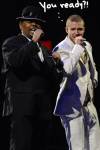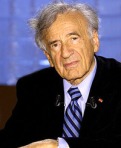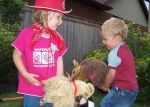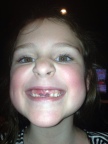Having student writers connect to the strategies of a contemporary singer can inspire some to do the work to make their writing better. Justin Timberlake is my new inspiration for writing.
While on a long drive recently, I was listening to a Ryan Seacrest’s interview of Justin Timberlake regarding Justin’s recently released 20/20 Album.
What a brilliant album title. What struck me is how Justin came up with the title for his new album 20/20. He said, “This is music you can see.” My understanding of that is that music that you hear is to be really seen and experienced with another sense – that of sight and visual recall.
Isn’t that how we want all of our writing to be? Not just read – but experienced through our sense of smell, taste, touch, hearing, to connect with the reader at a deeper level – to connect with the emotions and memories of the reader?
 To connect to the emotions of a character, I always taught my students that characters in their writing need to share from the head, their intellect, as well as the heart, the emotions. In fact, I would have them sketch a quick gingerbread body shape and put a heart and a brain in the appropriate spots. Then I would have them draw a line from each organ to what line/s of dialogue or what line/s of narrative would connect the reader to each of these response areas. This seemed to get the results I was seeking.
To connect to the emotions of a character, I always taught my students that characters in their writing need to share from the head, their intellect, as well as the heart, the emotions. In fact, I would have them sketch a quick gingerbread body shape and put a heart and a brain in the appropriate spots. Then I would have them draw a line from each organ to what line/s of dialogue or what line/s of narrative would connect the reader to each of these response areas. This seemed to get the results I was seeking.
Connecting with responses to the intellect always came easier than connecting to the emotions. Digging deeper requires more evaluation into the vulnerability of a character. Digging deeper to reveal emotions is always a risk but a risk worth taking as it makes writing the 20/20 experience that readers crave.
Thanks JT for your current inspiration.











